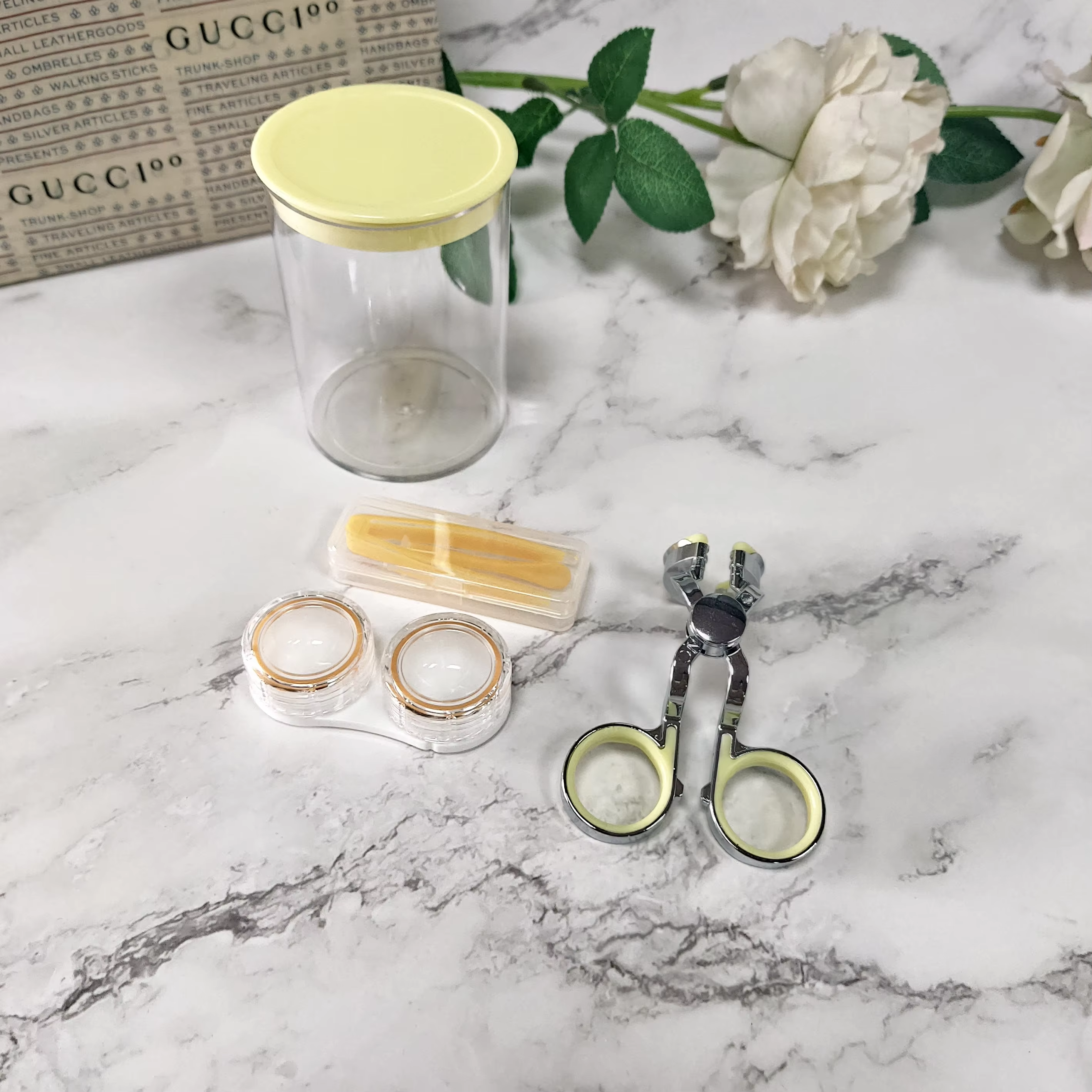Email format error
Email cannot be empty
Email already exists
6-20 characters(letters plus numbers only)
The password is inconsistent
Email format error
Email cannot be empty
Email does not exist
6-20 characters(letters plus numbers only)
The password is inconsistent

Thinking about making the switch from glasses to contact lenses? You're not alone. Many people—whether for comfort, convenience, or confidence—choose contacts as a fresh way to see the world clearly. But before you dive in, it’s important to understand what the transition really involves.
At NEOCUTEY, we believe that clear vision should never come at the cost of comfort or eye health. Whether you're considering daily disposables, monthly lenses, or colored contacts for a fun look, making an informed decision is the first step toward a successful switch. In this guide, we’ll walk you through everything you need to know before saying goodbye to your glasses—even just part-time.
Your glasses prescription is not the same as a contact lens prescription. Contact lenses sit directly on the surface of your eye, so they require precise measurements for:
Even if your glasses prescription is up to date, you’ll need a separate contact lens fitting with an eye care professional (optometrist or ophthalmologist). This ensures your lenses fit comfortably and safely, reducing the risk of irritation or corneal damage.
Pro Tip: Never buy contact lenses online without a valid prescription—even if you’re just trying colored ones. Your eye health is worth it.
While most people adjust to contacts within a few days, some may take a week or more. Common initial feelings include:
This is normal! Your eyes are getting used to having a thin lens on the surface. But if you experience pain, redness, or blurred vision, remove the lenses and consult your eye doctor immediately.
NEOCUTEY Tip: Start by wearing your contacts for just a few hours a day, gradually increasing wear time as your eyes adapt. This helps build comfort and confidence.
Unlike glasses, contact lenses require a strict hygiene routine to prevent infections like keratitis (corneal inflammation). If you’re switching to reusable lenses, you’ll need to:
For a simpler, more hygienic option, many first-time wearers choose daily disposable contacts—like those offered by NEOCUTEY. With dailies, you open a fresh pair each morning and throw them away at night. No cleaning, no storing, no hassle. Just clear, healthy vision.
Contact lenses aren’t one-size-fits-all. Your daily routine should guide your choice:
| Lens Type | Best For | Care Level |
| Daily Disposables | Active lifestyles, sensitive eyes, beginners | Minimal – no cleaning |
| Bi-Weekly/Monthly | Cost-effective, regular wearers | High – requires cleaning & storage |
| Colored/Enhancement Lenses | Fashion, cosplay, subtle eye color change | Varies (dailies available) |
If you play sports, work long hours on screens, or just want a natural look without glasses, daily disposables are often the easiest and healthiest choice.
Want to enhance your natural eye color or try a bold new look? Colored contacts can be a fun and safe way to express yourself—as long as they’re prescribed and worn correctly.
Even if you don’t need vision correction, colored contacts are medical devices and require a proper fitting. Poorly fitted lenses can restrict oxygen flow, leading to dryness, irritation, or even long-term damage.
At NEOCUTEY, our colored daily disposables are designed with high oxygen permeability and natural-looking tints, so you can enjoy stunning eyes without compromising comfort or safety.
If you’ve heard that contacts make your eyes dry, you’re not wrong—some people experience dryness, especially in air-conditioned offices or during long screen use. But that doesn’t mean you can’t wear contacts.
Solutions include:
Talk to your eye doctor about your symptoms—they may recommend specific brands or wearing schedules that suit your eye health.
While contacts may seem more expensive upfront than glasses, consider the long-term benefits:
And with affordable daily disposables like NEOCUTEY, you get premium comfort and hygiene without breaking the bank.
Switching from glasses to contact lenses is more than just a change in appearance—it’s a commitment to eye health, hygiene, and comfort. With the right guidance, the right prescription, and the right product, contacts can enhance your life in ways glasses simply can't.
At NEOCUTEY, we're here to make that transition smooth, safe, and stylish. Whether you're trying contacts for the first time or upgrading your routine, we believe everyone deserves to see—and feel—their best.
Making the switch? Curious about daily disposables or our range of natural-looking colored lenses? Just contact us.